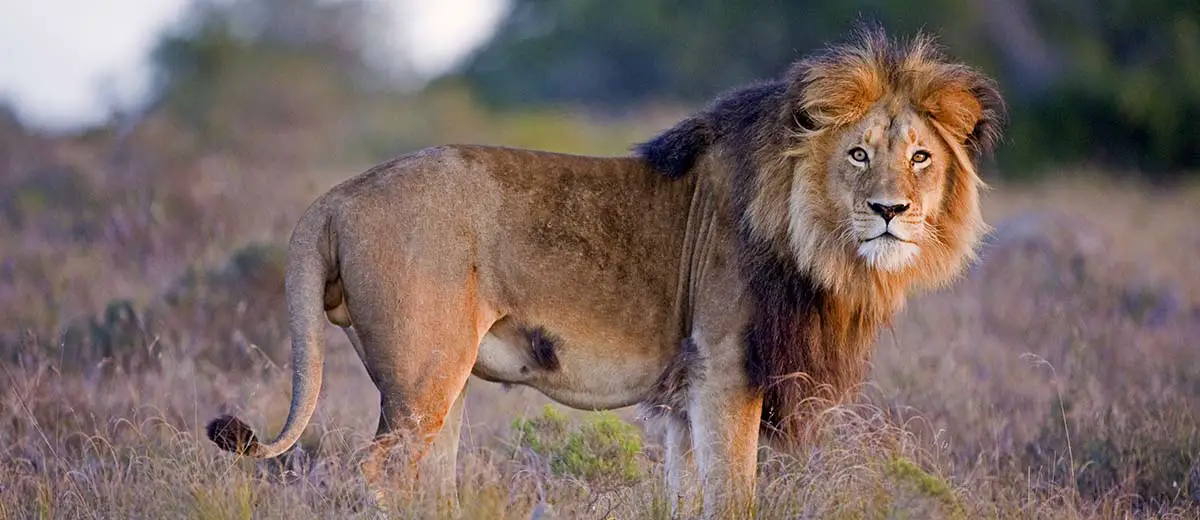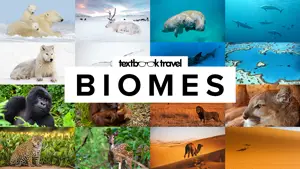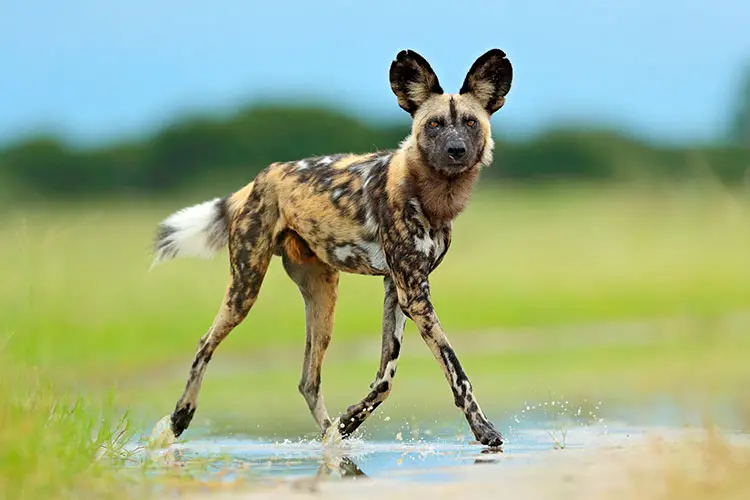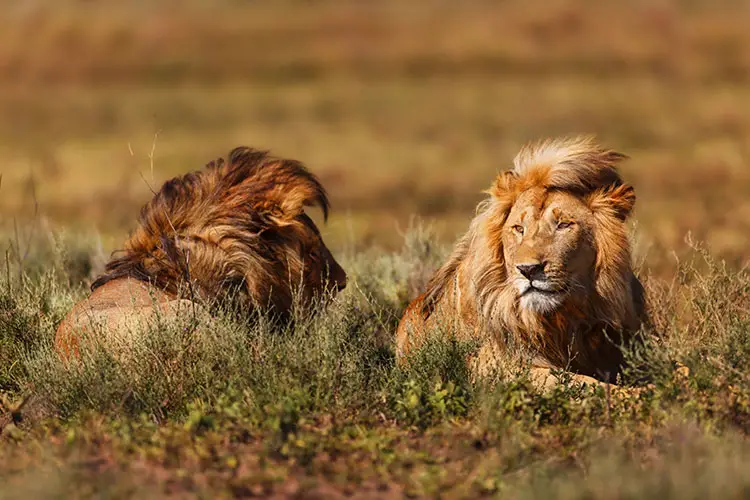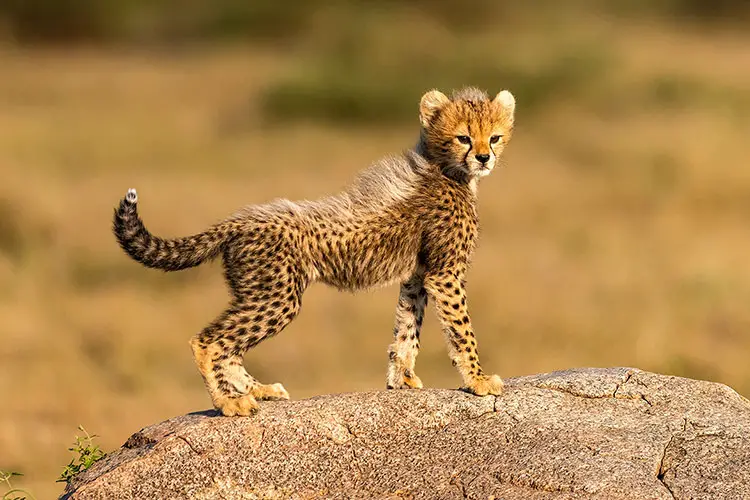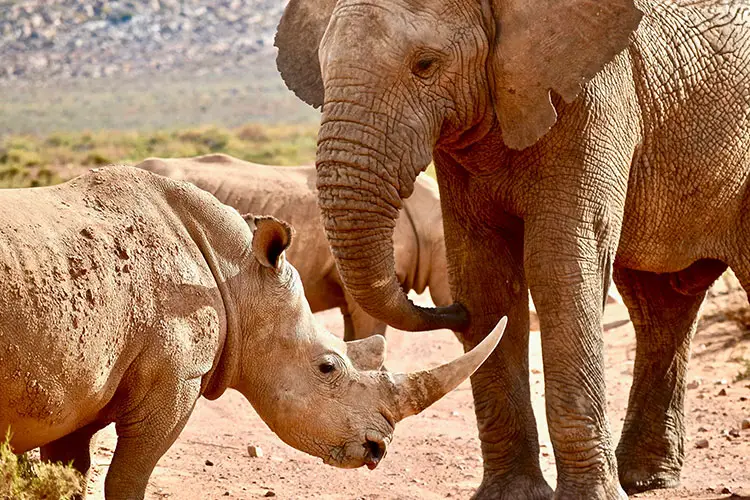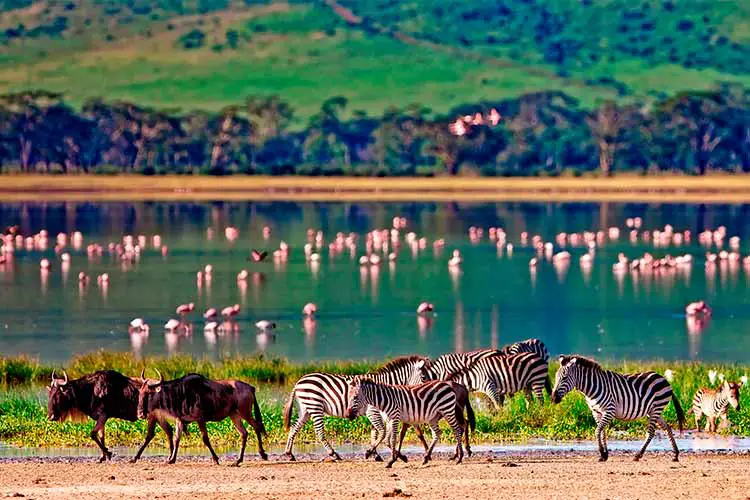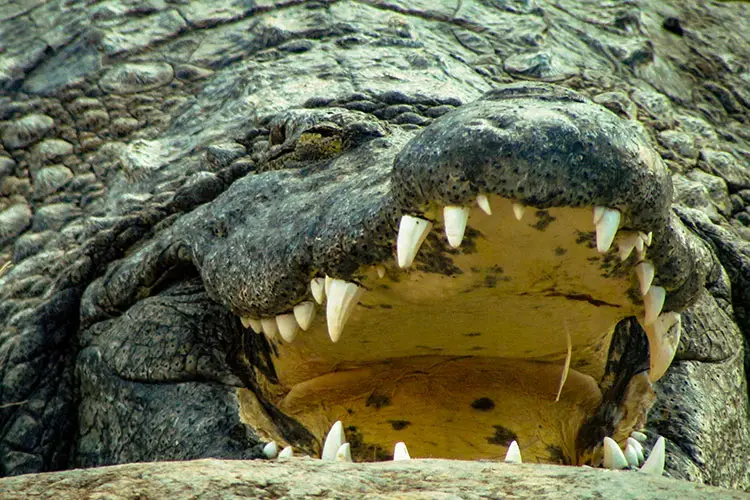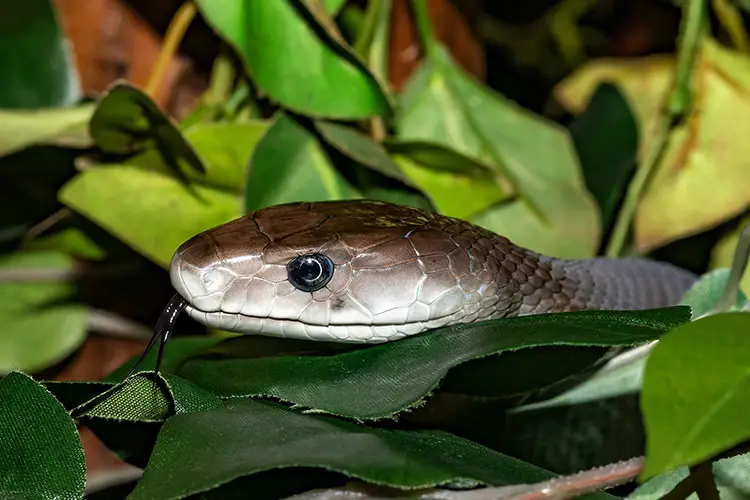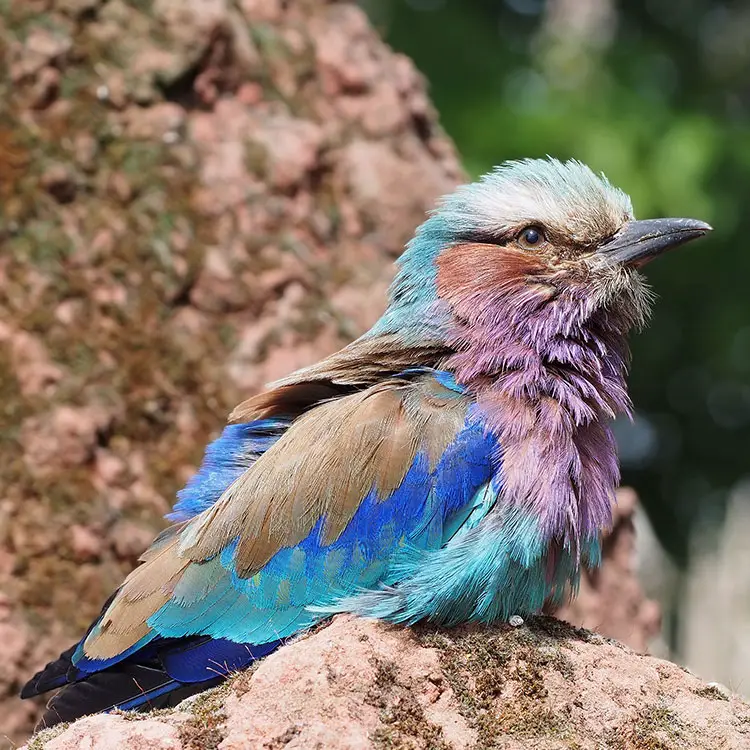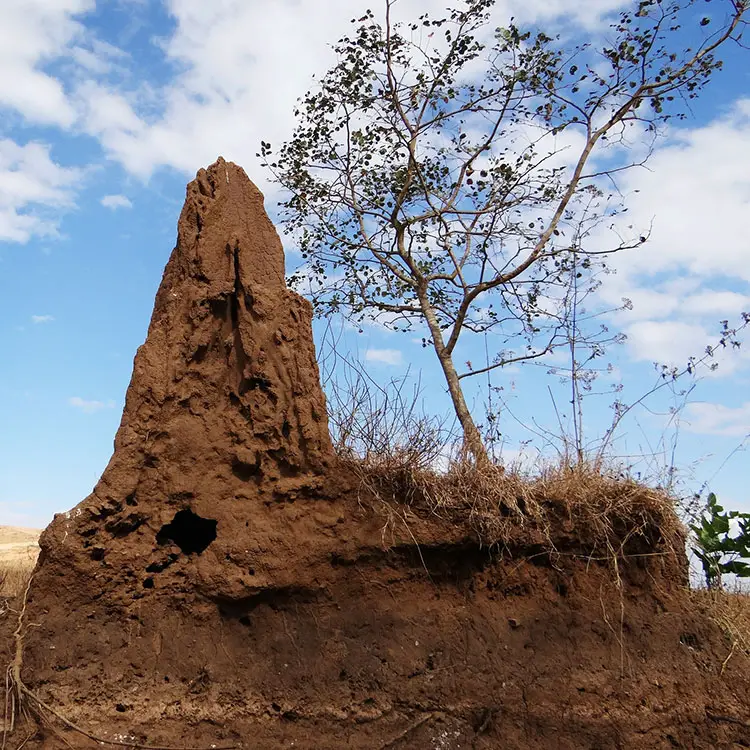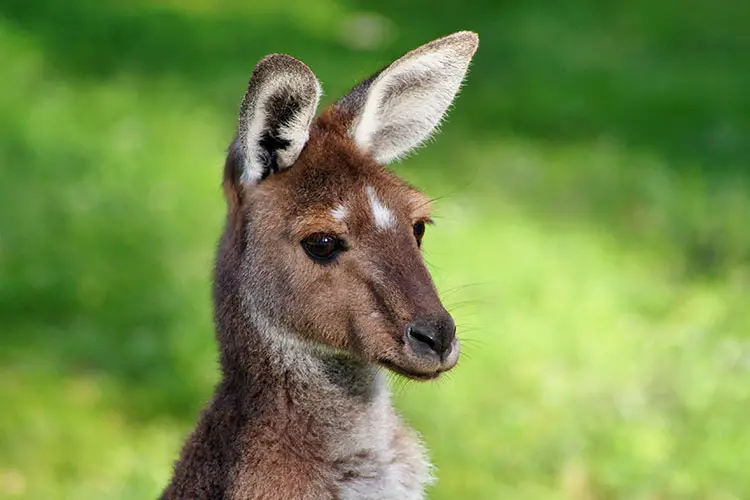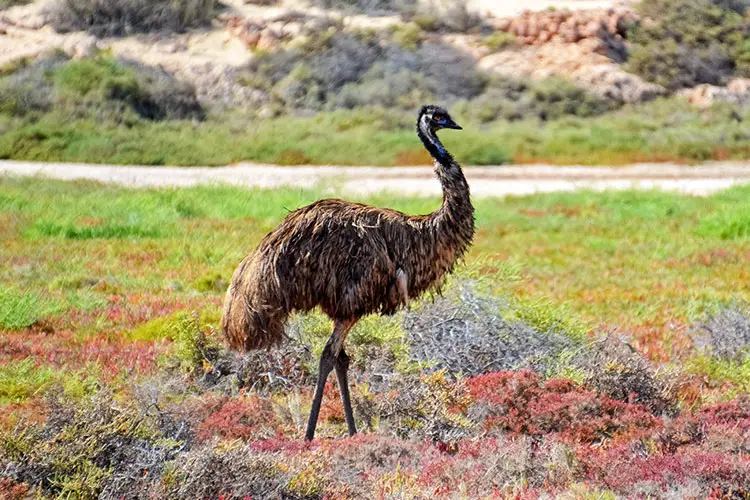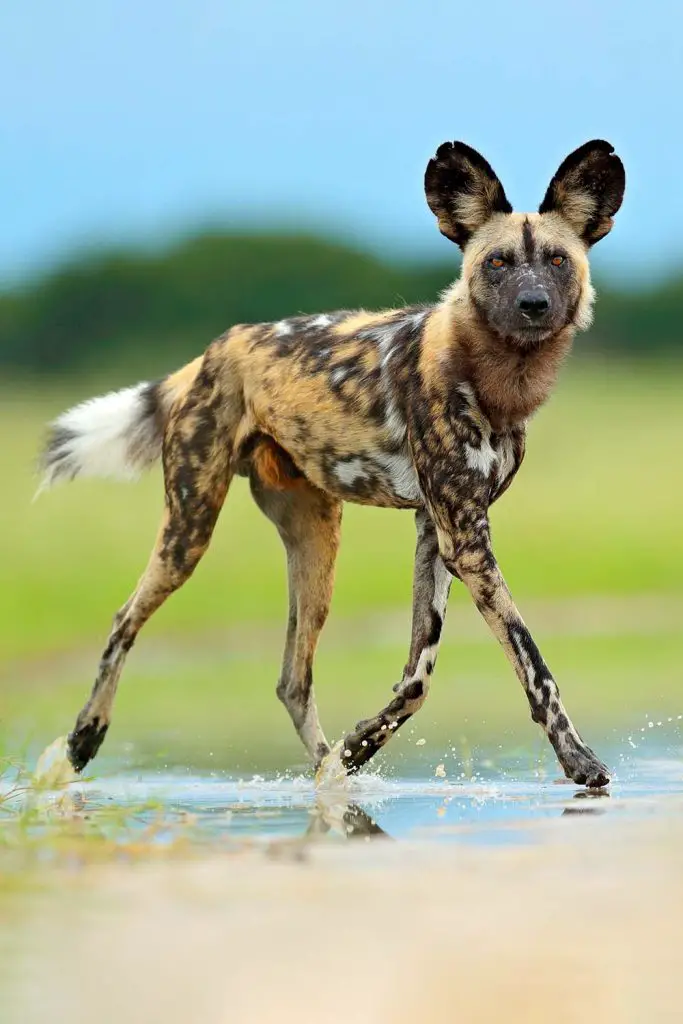Animals of the Tropical Grassland Biome aka Savanna
When I think of the savanna, I envision Africa; herds of buffalo and zebra trekking from the Serengeti to the Masai Mara while dodging lions and crocodiles. However, tropical grassland is also found throughout South America, Australia and as far north as Mexico. The vegetation here is more substantial than temperate grassland but less so than forested areas. NASA refers to this biome as “shrubland”, which includes chaparral, woodland and savanna. The fauna of the African savanna makes up perhaps the most sought after animal experience on the planet: the safari. Although lions, leopards, elephants, wildebeest and rhinos are on the bucket list for most safari enthusiasts, the list of savanna animals is breathtaking and contains so much more than the Big 5.
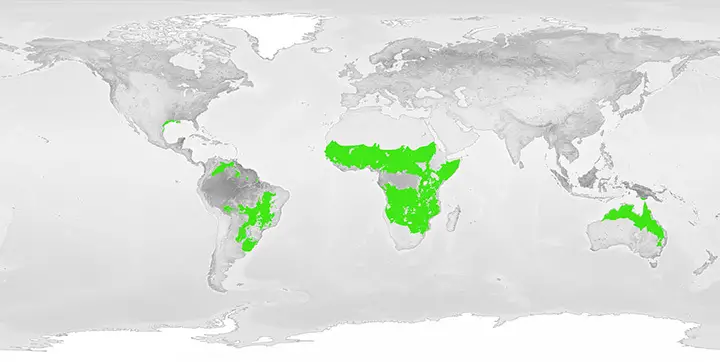
Tropical Grassland Facts
- Characteristics: Hot, medium precipitation, lots of shrubs and herbs
- Temperature Range: -1 °C / 30°F to 38°C / 100°F
- Precipitation: 200 to 1,000 millimeters / 8 to 40 inches of rain per year
- Vegetation: Small plants such as herbs, shrubs and grasses
The savanna is a striking yet brutal place. Predators include prides of lions and coalitions of cheetahs—the only two species of cat known to congregate in groups—hyenas, African wild dogs and gigantic crocodiles. African wild dogs are one of the furthest canine relatives to the domesticated dog—the closest being the grey wolf—and specialise in hunting antelopes. They have beautiful patched white, black and tan fur and are found mostly in sub-Saharan Africa. Interestingly, although not fully-fledged felids, hyenas are more closely related to cats than they are dogs. Clans of spotted hyenas, whose range almost exactly matches that of the African savanna, roam the tropical grasslands of Africa in search of prey, which they have been known to steal from other predators.
Top Left – African wild dog & Top Right – Hyena cub | Pixabay: Irma Bense & Bottom Left – Two male lions in Ngorongoro Conservation Area, Tanzania & Bottom Right – Cheetah Cub
The herbivores of the savanna are also among the most well-known in the world. Dazzles of zebra graze the wide-open African grasslands alongside buffalo, wildebeest, gazelles and giraffes. Unfortunately, rhinos are one of the most threatened animals in this biome; the two African species—the white and black rhinoceros—are listed as near threatened and critically endangered respectively. Elephants are the largest extant land mammal on earth, weighing up to 6.9 tonnes! Of the three species of elephant, the African bush elephant is most commonly seen on safari—the other two species being the smaller African forest elephant and the Asian elephant.
Left – Rhinos and Elephants at a watering hole in South Africa | Unsplash: Parsing Eye & Right – Zebra and wildebeest at Ngorongoro Crater, Tanzania
We’ll cover aquatic animals in more detail later on but it would be a shame to mention the reptiles of the savanna without including the Nile crocodile. Although not the largest crocodilian, Nile crocs can weigh up to 750kg / 1,650 lbs and are known to take down almost any mammal in this biome including, on occasion, the black rhino. The smaller reptiles of this biome include various species of lizard and snakes such as the African rock python and the black mamba. The second-longest venomous snake on earth—the longest being the king cobra—the black mamba is one of the most infamous snakes on the planet. They mainly hunt birds and small mammals such as rodents, bats and bushbabies.
Left – The mouth of a large Nile crocodile | Unsplash: Joshua J. Cotten & Right – The venomous black mamba | Pixabay: Michael Kleinsasser
The large mammals here certainly garner the most attention but both insects and birds have noble representatives too. The tropical grasslands of Africa are home to over 1,000 species of termite and although these tiny insects would be difficult to spot on their own, their mounds can reach up to 9m / 29ft. Feasting on these termites are birds such as the Lilac-breasted roller, which has beautiful green, blue and purple plumage and can often be found in mating pairs. Larger birds of prey in this biome include buzzards and hawks, who soar over the open grassland in search of prey.
Left – Lilac-breasted roller | WikiCommons: Francis C. Franklin & Right – Termite Mound | Pixabay: Bishnu Sarangi
Although we’ve mostly discussed the tropical grasslands of Africa as that is where most of the most well-known animals from this biome are located, tropical grasslands are found in North America, South America and Australasia too. The fauna of the Australian savanna includes some of the most unique animals on the planet including kangaroos and emus. Indigenous to Australia and New Guinea, Kangaroos are the largest of the marsupial family and can reach speeds of up to 70km/h / 43mph, which is a little faster than an emu—the second largest bird in the world (I wonder if they race?!).
Left – Young grey kangaroo | Unsplash: Michael Waters & Right – The emu a relative to the African ostrich | Unsplash: Jeremy Zero
Excuse me! Are you on Pinterest?! Here are a couple of pins!
